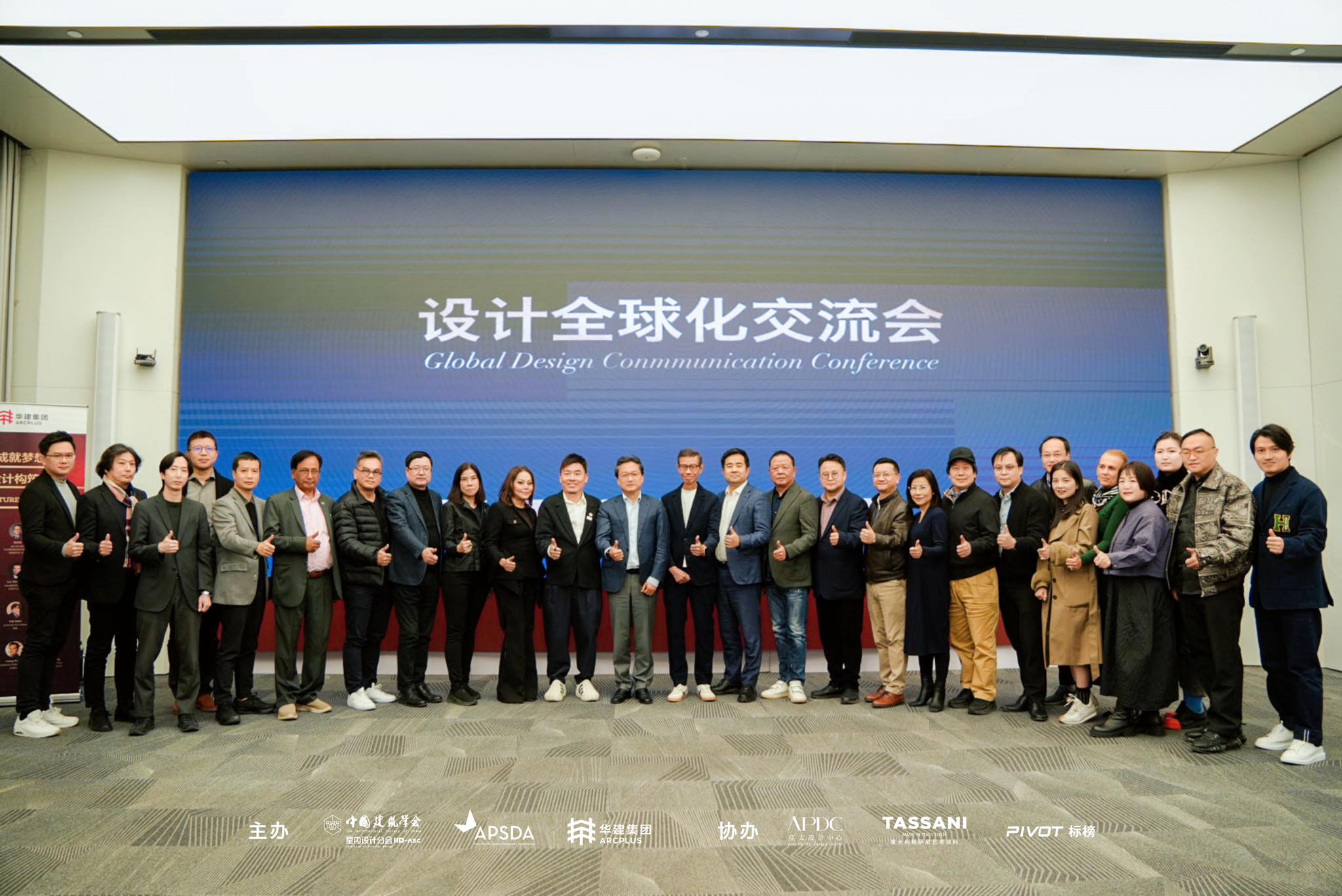The Asia-Pacific Space Design Association (APSDA) hosted a panel discussion on March 2, 2025, at the Malaysian International Furniture Fair (MIFF) 2025, held in Kuala Lumpur, Malaysia. The engaging session convened design experts from across the region to discuss evolving trends in furniture design, focused on the impact of cultural, historical, and environmental factors on contemporary styles.
Moderated by Prof. Keat Ong, President of APSDA, the panel featured esteemed designers IDr. Maria Almario, Vice President of APSDA, Koji Sakai, Board member of APSDA and Japan Interior Design Association (JID), Ar. Sarosh Wadia, Board member of APSDA and President of Indian Institute of Interior Designers (IIID) and Luu Viet Thang, Chief of Staff at the Vietnam Interiors Association (VNIA) Head Office, and Head of External Affairs and Partnerships.
The discussion explored how sustainability has emerged as a driving force in the furniture industry, responding to growing environmental concerns and the demand for eco-friendly solutions. The panellists also examined how design practices are adapting to these challenges while remaining deeply rooted in the unique cultural contexts of each country.
Cultural and Historical Influences on Furniture Styles
Spotlighting on cultural and historical forces that have shaped India’s furniture styles, Ar. Sarosh explained that religious traditions such as Hinduism, Buddhism, and Jainism have introduced symbolic and intricate designs. Persian, Turkish, and European colonial influences brought new materials and techniques, creating a fusion of Western and Indian elements that continues to define Indian furniture today.
“The Portuguese, French, and British introduced Western furniture styles, which combined with the rich artisanal skills in India. This fusion created a distinct colonial Indian style, resulting in a unique hybrid design that continues to be influential today,” Ar. Sarosh shared.
IDr. Maria discussed how the Philippines’ rich cultural history, shaped by indigenous tribes, over 400 years of Spanish colonisation, and 50 years of American occupation, has forged a unique blend of local traditions and global influences in its furniture designs. This fusion creates a style that reflects both cultural heritage and contemporary trends, seamlessly bridging the past and present.
Shedding light on Japan, Koji highlighted the country’s focus on minimalism, emphasising the importance of natural materials, traditional woodworking techniques, tatami culture, and Zen philosophy in shaping its furniture.
“The integration of these elements with contemporary design, known as Japanese modern style, has resulted in serene, functional interiors that are both simple and efficient,” said Koji. “This unique approach to Japanese design has gained global recognition, reflecting a balance between honouring tradition and meeting contemporary needs.”
Luu shared that in Vietnam, furniture design is still emerging, but the country’s rich history and modern design trends are creating a unique furniture style. Vietnam’s approach to design blends its cultural heritage with contemporary influences, leading to furniture styles that reflect both tradition and modernisation in the country’s interiors.
Sustainability in Furniture Design
Sustainability was a key topic during the panel discussion, as all four countries engage in sustainable practices in their respective furniture design industries.
“The Philippines’ pioneering use of natural materials and traditional craftsmanship in furniture production has long focused on sustainability,” IDr. Maria shared. “The Philippines prioritises the involvement of local craftspeople, ensuring that sustainability is embedded throughout the production process, making it an integral part of the country’s furniture design culture.”
Luu explained that, as a major exporter of furniture, Vietnam faces challenges in preserving traditional craftsmanship as local artisans’ incomes decrease. Designers are working closely with craftsmen, factories, and the government to promote sustainable practices and protect the craft heritage.
“In Hanoi, where 70% of the country’s craftsmen are based, collaborative efforts are being made to create sustainable solutions that support both the local economy and the environment,” Luu explained.
Noting that sustainability has become an integral part of Japan’s furniture design, with companies increasingly using recycled materials and renewable resources, Koji shared that materials like bamboo and recycled wood are being used to create beautiful, long-lasting designs that reflect Japan’s commitment to eco-friendly practices.
“Sustainability is deeply embedded in the Japanese design ethos, creating furniture that is not only environmentally friendly but also durable,” Koji elaborated.
The session concluded with a forward-looking dialogue on the future of furniture design, exploring innovative paths and exciting possibilities for the industry. The panellists concurred that sustainability will continue to be a dominant theme in shaping the future of furniture design, as global awareness and environmental consciousness drive the demand for eco-friendly, innovative solutions in the furniture industry.
Read other news:
IndoBuildTech Expo: 2 Part Trade Expo



